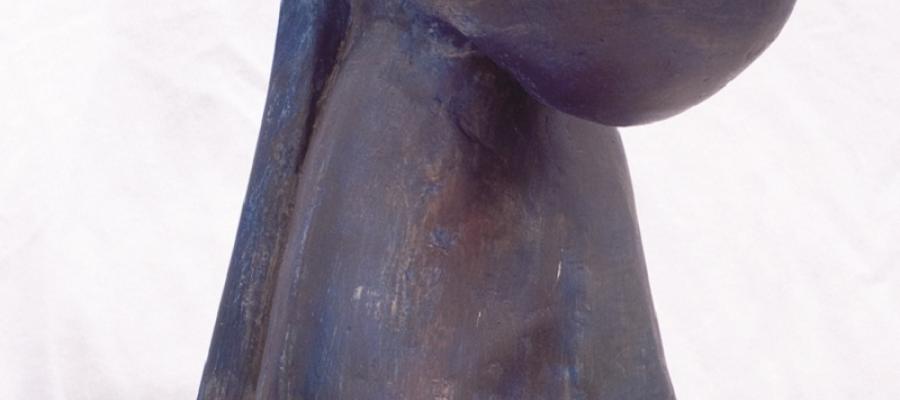Primstav frå Tveit i Kvinnherad, datert 1657 (Svein Skare, eigar: Universitetsmuseet i Bergen (Bd 10)).
The Wooden Calendar - Tradition and popular belief
The old Norwegian farmers’ calendar, the wooden calendar staff, follows the Norse system of reckoning time, and divides the year into a summer half, and a winter half. The summer half begins on the 14th April and is usually signified by a deciduous tree. In Hordaland County this was the “spade day”; it was then that one could put a spade into the cornfields on the warmest slopes. The first winter day of 14 October is signified by a glove, now we are moving towards colder times. Some of the signs on the wooden calendar are “popular” ones, a drinking horn for Christmas indicates that now we have to follow the old tradition and drink in Christmas, a sun for Midsummer’s Day signifies that the sun is at its highest point. But the great majority are signs from the Church calendar. As the names of feast days they are linked to the saints the days are named after. All the Norwegian wooden calendars have a grinding stone at the 15th May as a reminder that Hallvard was drowned with a grinding stone round his neck. An axe on 29 July St.Olav’s Day is Olav’s axe. Many of the signs have been re-interpreted in the tradition and been linked to work and development. Close to the wooden calendar tradition we find weather signs and annual signs which were important in the old farming society.



